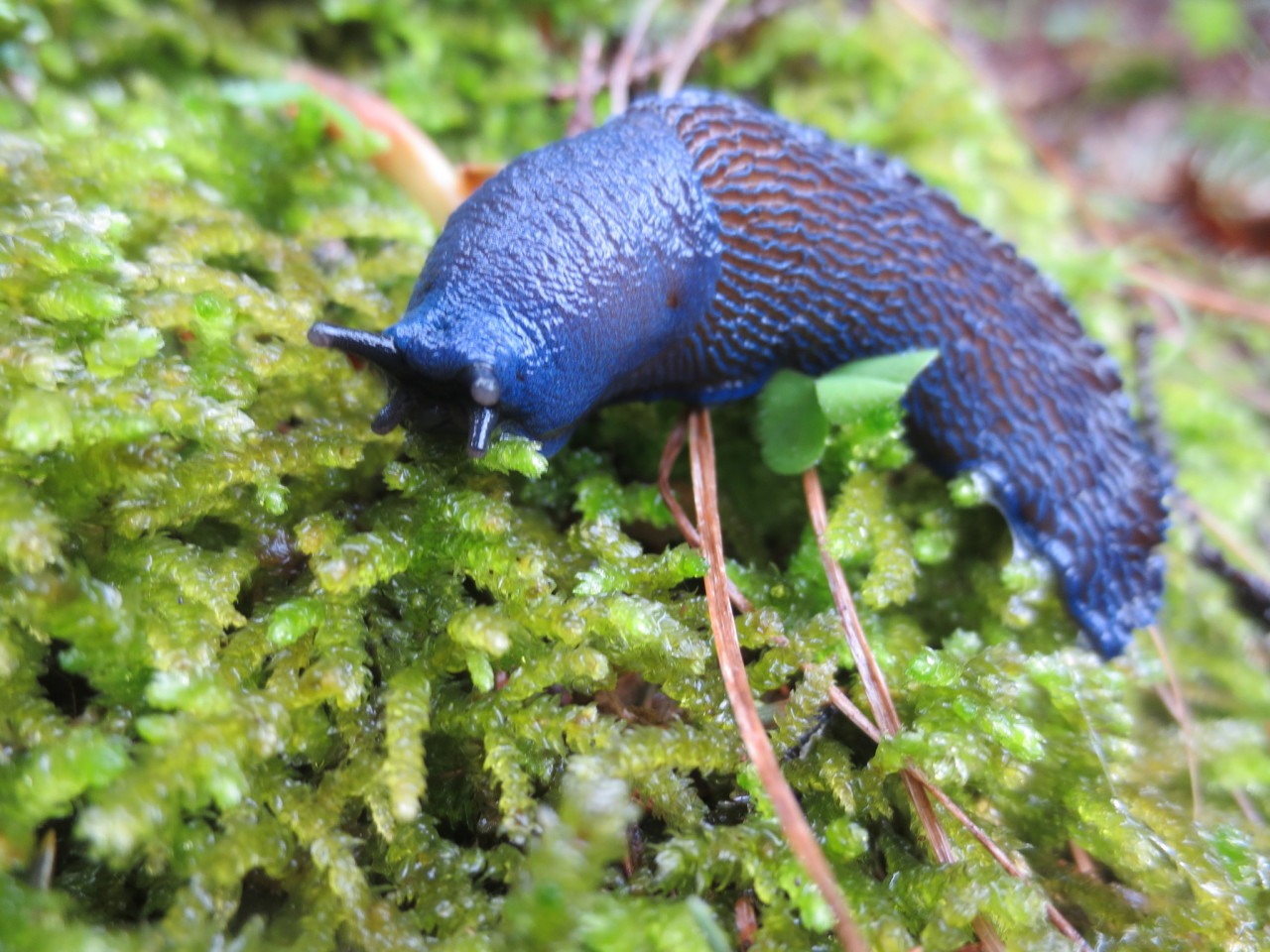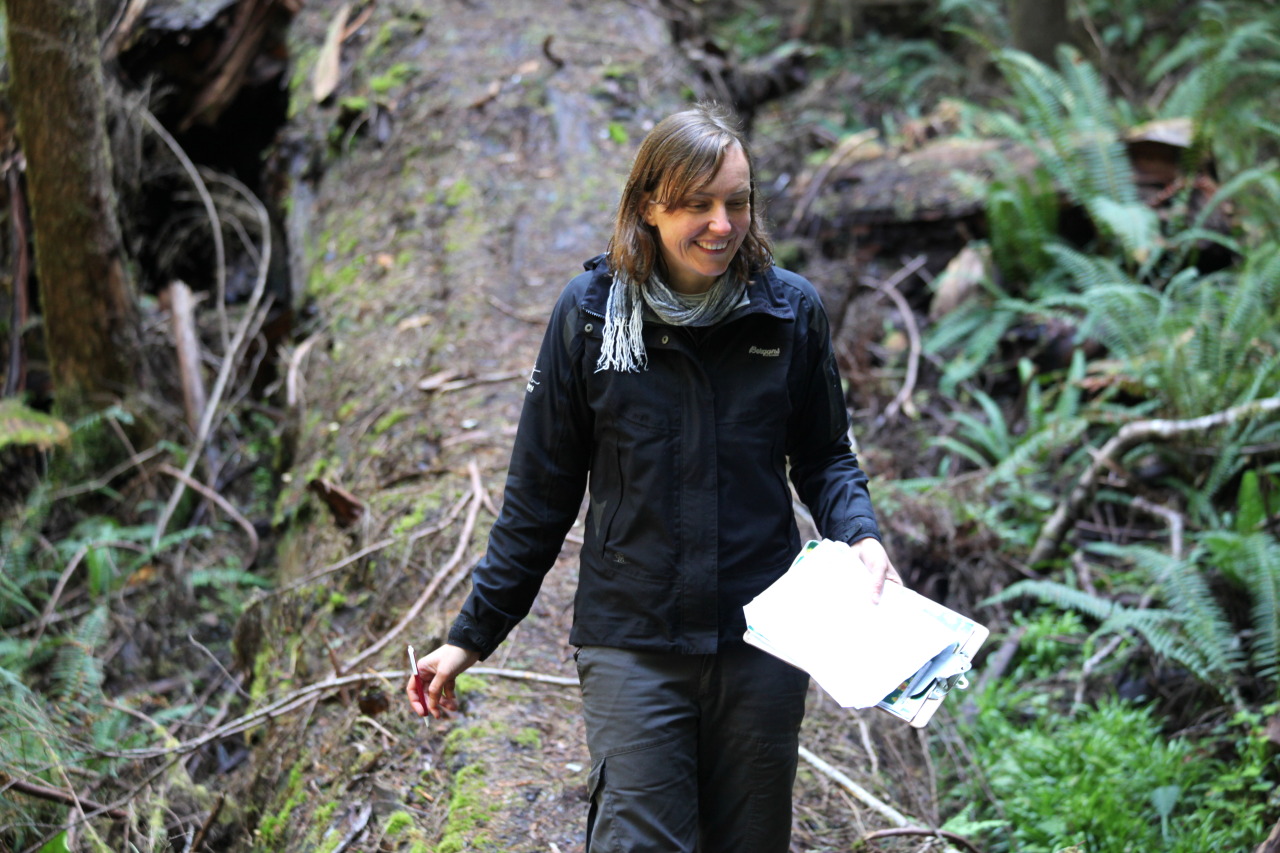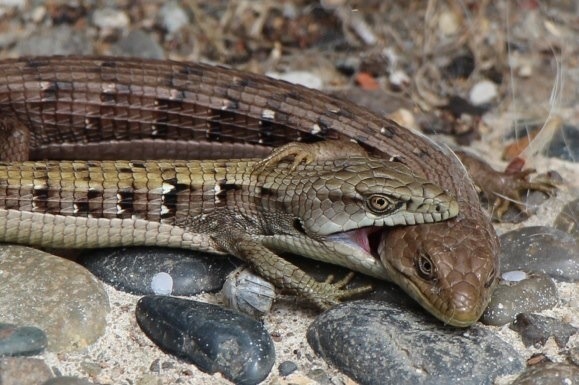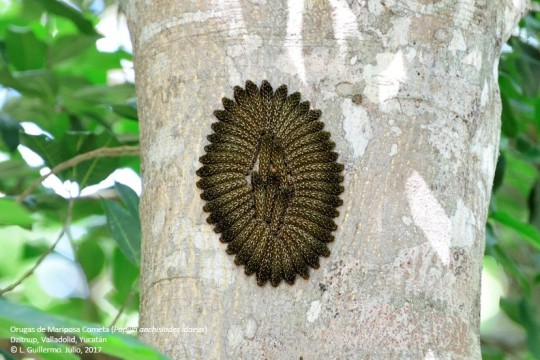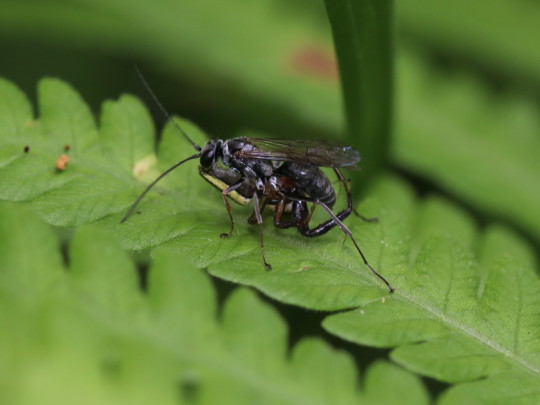Observation of the Week, 8/4/17

Our Observation of the Week is this Pachyrrynchus congestus beetle, seen in The Philippines by @tonyg!
The son of two Biology teachers, Tony Gerard has always been into nature and the outdoors, and he’s even followed in his parents’ footsteps, as a teacher of Biology (and Physical Geography) at Shawnee Community College. “I grew up, and currently live, in an area of great biodiversity- the Cache River wetlands in southern Illinois. It's a great place to visit and an even better place to live!” Tony’s main interest is herpetology (“It's so odd to me that now it's even trendy,” he says, “as a kid I was somewhat ostracized for being the weird kid into snakes and salamanders.”), but he’s also quite interested in other critters such as leeches, flatworms, and gastropods.
And weevils, of course, are also an interest of Tony’s, but mostly in his wife’s homeland, the highlands of Luzon island in the Philippines. “The weevils in the states have always been a nondescript bunch of small brown beetles in my experience,” Tony explains. “Here in the Philippines many are much larger and come in great fun colors and patterns. When they feel threatened they usually just let go and fall into the undergrowth. I've missed a lot of good shots that way. This guy I stuck my hand under as I was focusing - sure enough he dropped - but into my hand. Problem was he didn't want to set still. He kept walking and I had to keep turning my arm to keep up with him.”
There’s not too much information about Pachyrrynchus congestus online, but intrepid iNat user @sambiology was able to dig up this paper, which looks at the structure behind the orange markings of the beetle. From the abstract:
The orange scales that cover the colored rings on the animal’s body were opened, to display the structure responsible for the coloration. This structure is a three-dimensional photonic polycrystal, each grain of which showing a face-centered cubic symmetry. The measured lattice parameter and the observed filling fraction of this structure explain the dominant reflected wavelength in the reddish orange. The long-range disorder introduced by the grain boundaries explains the paradoxical observation that the reflectance, although generated by a photonic crystal, is insensitive to changes in the viewing angle.
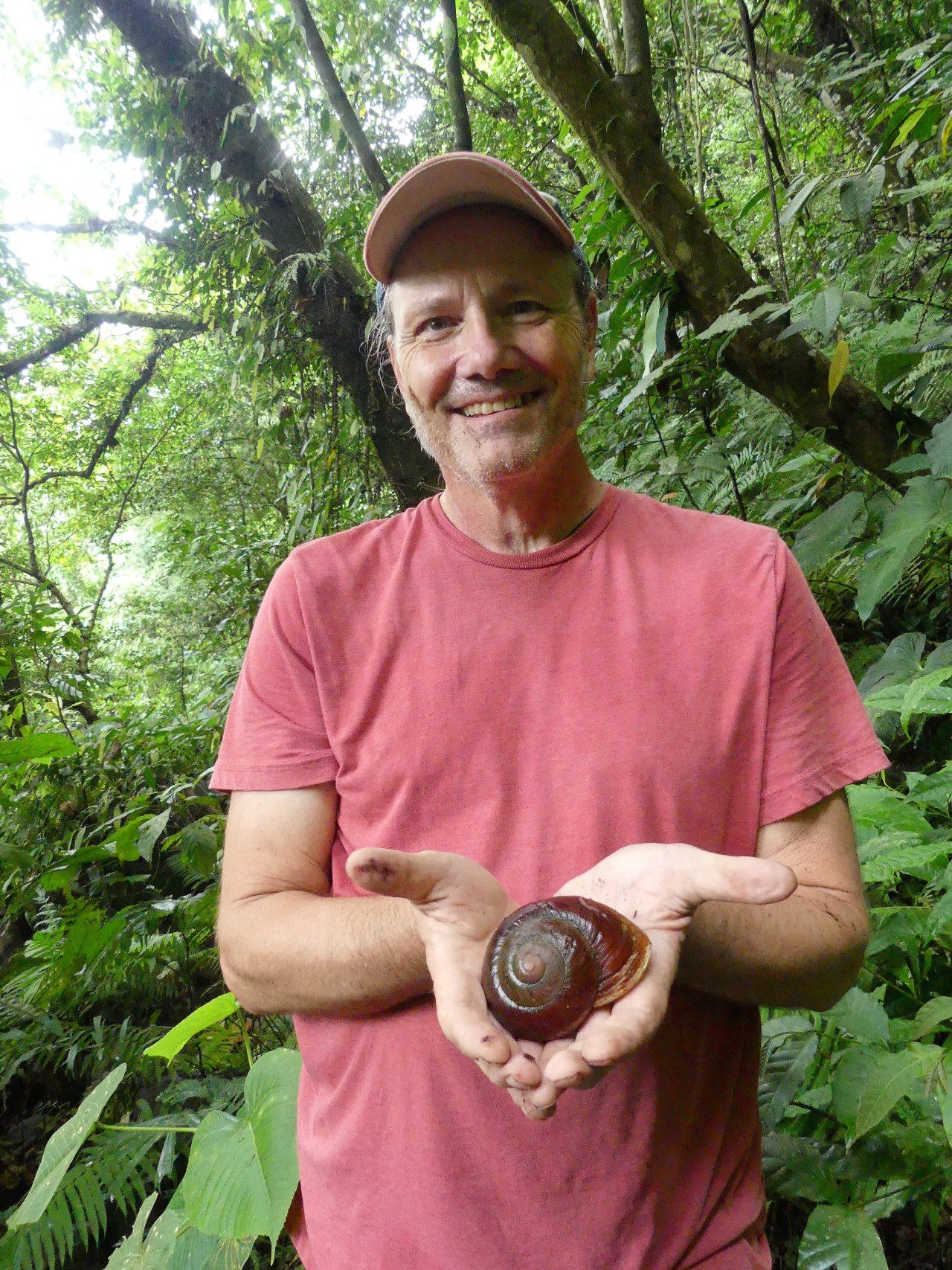
“iNaturalist has definitely made me a better naturalist and field biologist,” says Tony (above, with a huge snail in hand). “I'm much more aware and informed about certain groups - especially arthropods and gastropods - from responses I've received on iNaturalist….There is one class I teach, "Field Biology" in which I require students to post observations to iNaturalist. With the current decreases in funding for sciences, iNaturalist is one way in which regular folks can help fill in the gap.”
- by Tony Iwane
- Like the orange colors on this beetle, many blue colors in nature are structural rather than pigmentary.
- There are a ton of awesome organism in the Philippines, check out the faved ones on iNat!



